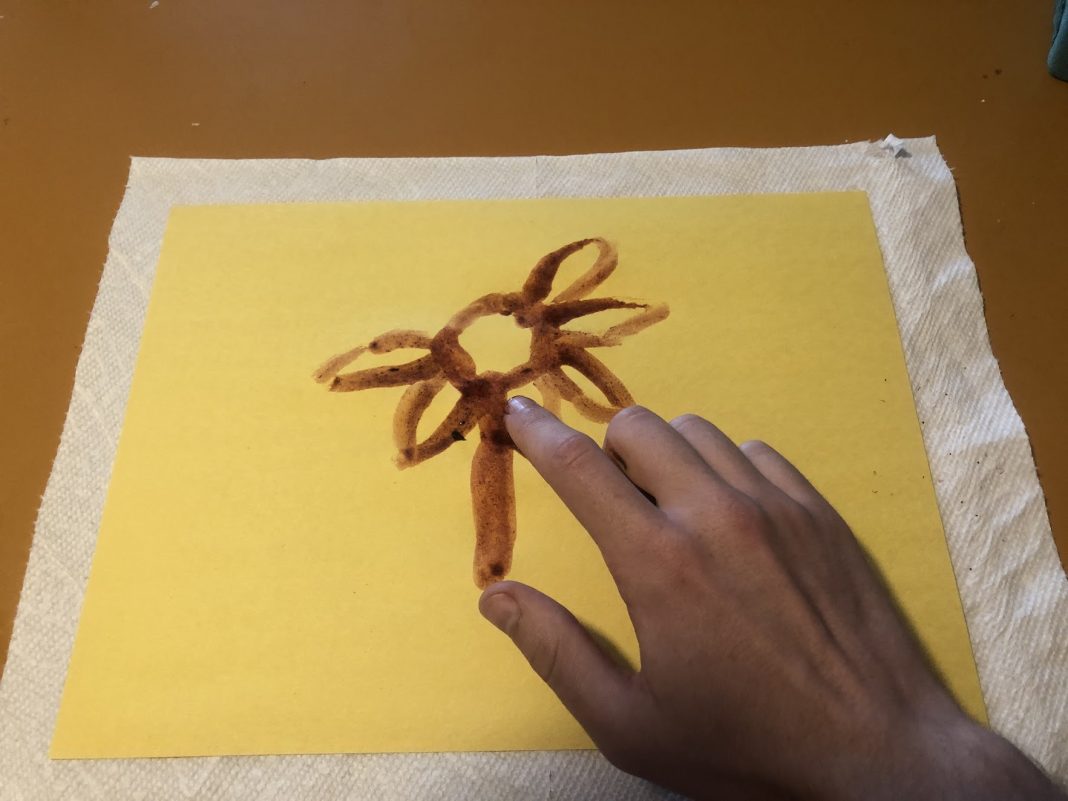Submitted by South Sound GREEN
In the face of COVID-19 and recent stay at home order, parents and guardians may find themselves looking for activities that not only keep students engaged, but also provide information about local environmental science and concerns. In our South Sound GREEN Home Based Science Project series, we will introduce and demonstrate various hands-on and at-home science activities for children of all ages to do either indoors or outside!
 This time, we’re learning about invasive species and how to make art out of blackberries!
This time, we’re learning about invasive species and how to make art out of blackberries!
Blackberry Art
Grade Level: K-5th
- Wild blackberries
- Gloves (if needed for picking blackberries)
- Paper
- Paper towels
- Watercolor/paint brush (optional)
Background
Now that we’re halfway through August, you’ve probably had your fair share of wild blackberries, which have been ripening all over Western Washington for the past few weeks. But did you know that most of the blackberries in our state are actually not originally from Washington? In fact, most of the blackberries in our area aren’t even from this continent!
Like many plants, there are a few different species of blackberries that grow locally. One of these species, the Trailing blackberry plant, is a native species. This means that the Trailing blackberry plant is originally from our local area and thrives in the type of ecosystem that we find here. If you were a time traveler who went and visited Western Washington a thousand years ago, you would likely find Trailing blackberries, just as you would today! The other two species of blackberry, Himalayan blackberry and Evergreen blackberry, are considered invasive species. Invasive species are those that are not originally from a given area, but will grow and cause harm to the given area once introduced. An invasive species may compete with native plants and animals for resources or space, while native plants and animals may not be suited to handle new competition and could suffer.
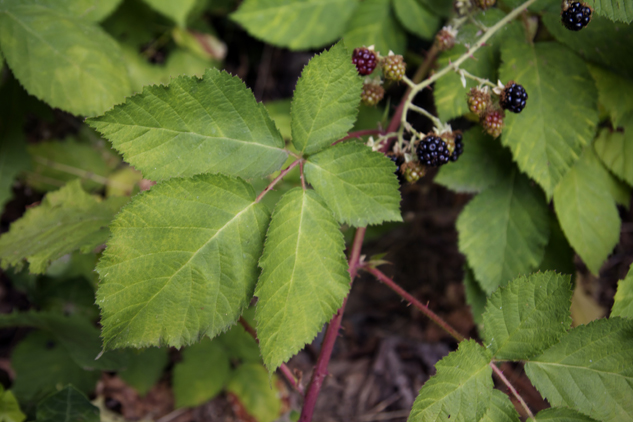
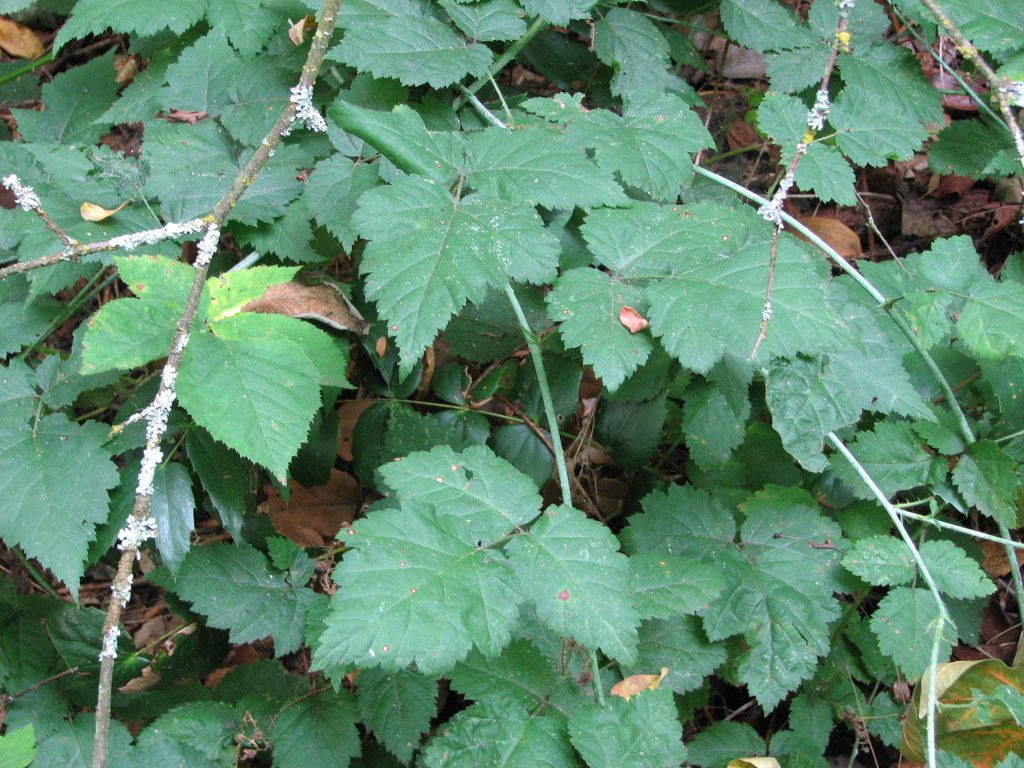
But how did these invasive blackberry species get all the way from Europe and Asia, where they’re from, to here? Humans are often the reason for the spread of invasive species, and often they do so unintentionally. For example, Himalayan blackberry was initially brought to this country for increased fruit production, and those who brought it did not consider how it could spread throughout the environment. Other species may be brought as decorative plants or as ways to control animal populations. For example, cane toads were brought to Australia from Hawaii because people believed that the toads would eat beetles that could destroy farmers’ crops. Instead, the frogs, unfamiliar with the new environment, ate other important animals, and they had no predators to control their population. About 100 toads were initially introduced to a small portion of Australia; today, there are over 200 million toads and are spreading across all of Australia!
Invasive species can take over entire ecosystems and destroy native populations without proper intervention from humans. If left unchecked, our invasive blackberries would take over a lot of natural areas. In order for us to manage these invasive species, we first need to be able to identify them – it is important that we’re not going after a native species by accident! Then, we need to know how to best eliminate them from the ecosystem. For blackberries, this can include eating or removing the berries, which remove some of the seeds, or cutting down and digging up the entire plant, which is more effective for total removal. That means that if you’ve ever eaten a blackberry off of an invasive plant, you’ve helped to reduce the chance of it spreading! And if you’re looking for more reasons to pick invasive blackberries, you can make art with them!
Procedure
- For this activity, make sure that you are only picking blackberries from invasive species. You can use this guide to identify invasive blackberries.
- Pick as many blackberries as you can see and safely access. These plants have thorns, so be careful and wear gloves if you are worried about getting scratched! And don’t worry about picking too many for this art project – you can eat any that you don’t use for art!
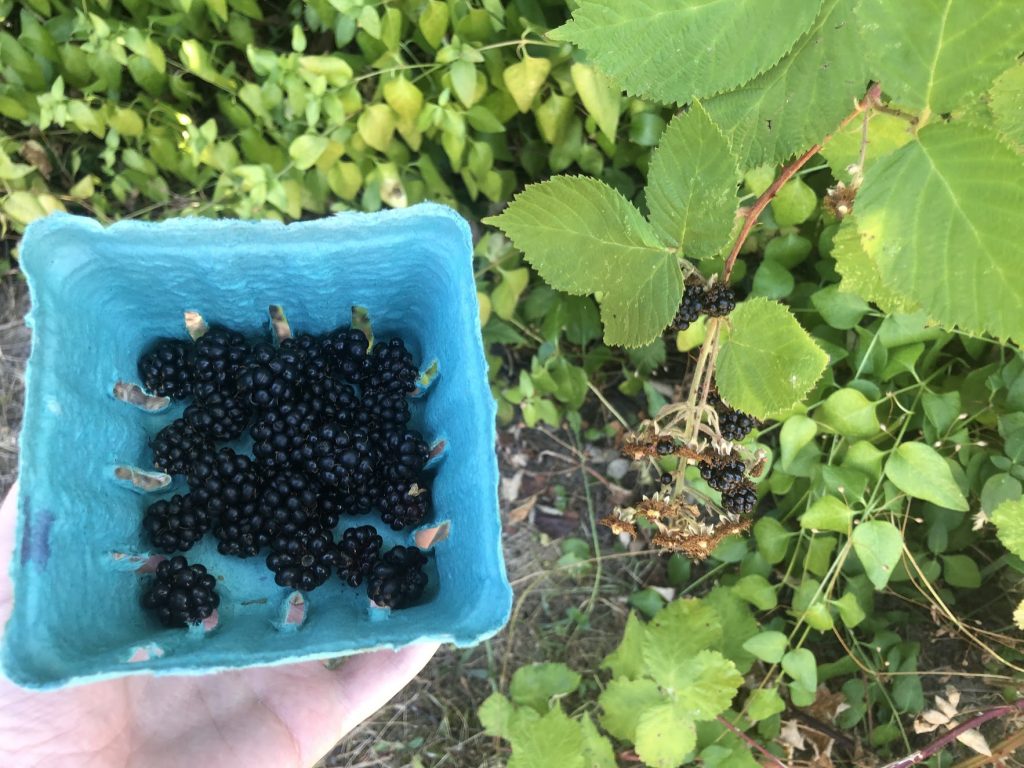
- Place a few blackberries in a cup or bowl. Using a utensil like a spoon or fork (or your fingers!) crush up the blackberries until the juice comes out. This is going to be your ink!
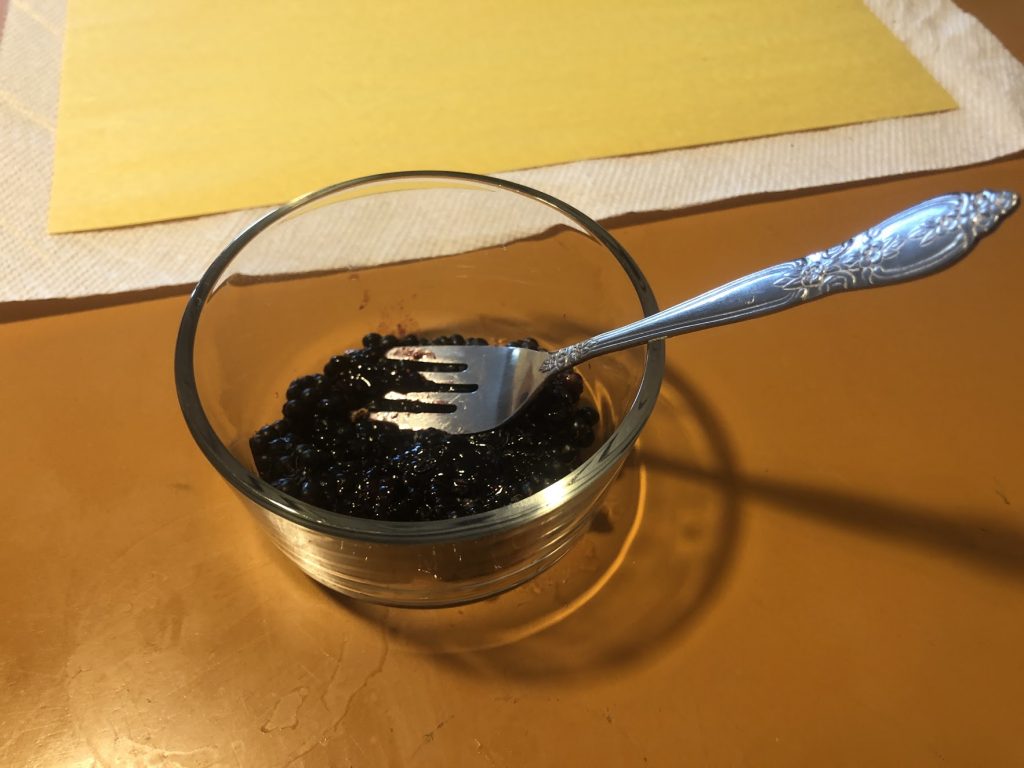
- Use a brush (or your fingers!) to get some of the blackberry juice and apply it to your paper. This could get messy, so make sure you have paper towels ready and are wearing clothes that you won’t mind getting stained! The juice will act a lot like watercolors.
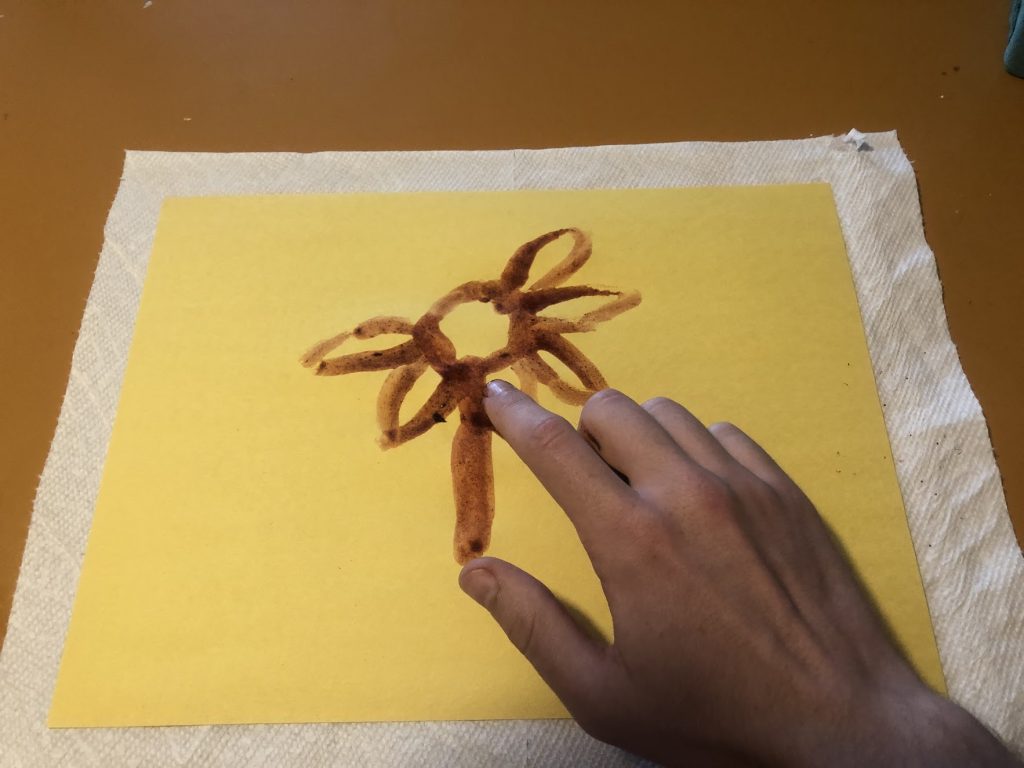
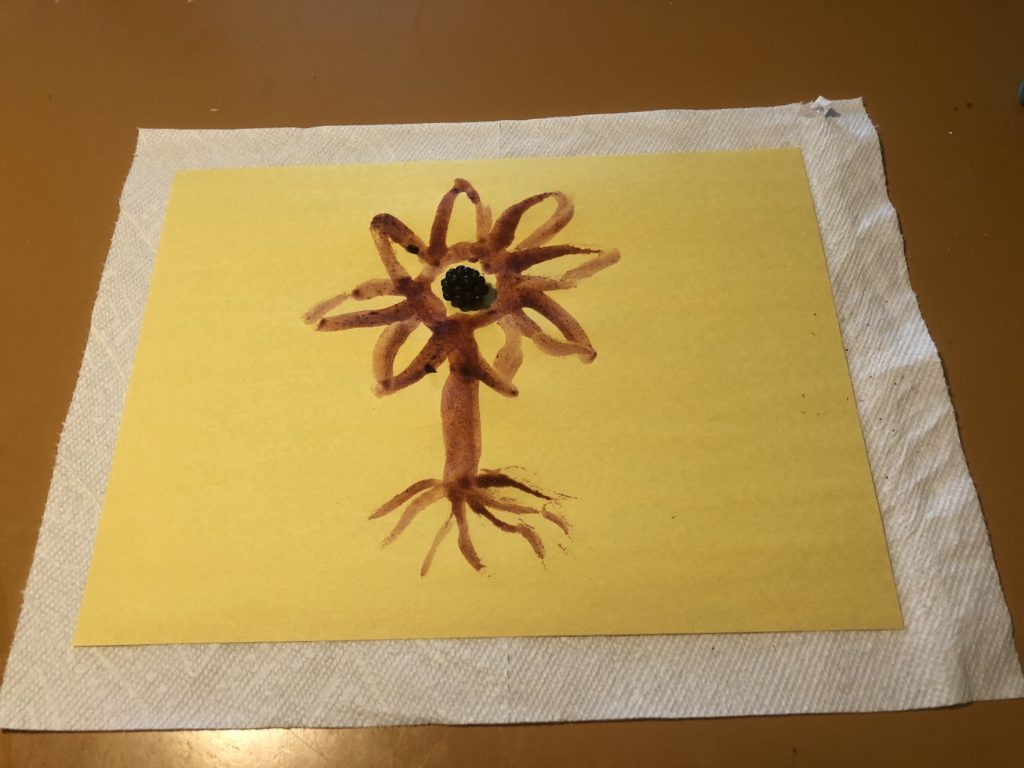
- Now that you have your “ink”, you can make whatever you want! But we recommend painting your favorite native plant or animal!
Vocabulary
- Ecosystem: A community of organisms and their surrounding environment.
- Invasive Species: Species that are not originally from a given area, but will grow and cause harm to the given area once introduced.
- Native: Originally from a given area and thrives in the type of ecosystem found there.
- Species: A group of similar organisms based on evolution and genetic similarities.
Keep Learning!
- Learn about other invasive species in Washington state.
- Do you (and/or your parents/guardians) want to remove full blackberry species? You can rent the necessary tools from the Thurston Conservation District.
- If you are worried about losing blackberries, remember that you can plant a native species in its place! A lot of people think that the native Trailing blackberry species actually makes sweeter berries!
- Share your blackberry art with us on Instagram! Use the hashtag #GREENfromhome or find us at @southsoundgreen.
South Sound GREEN (Global Rivers Environmental Education Network) is a watershed education program in Thurston County that educates, empowers and connects thousands of local students in watershed studies annually. Through South Sound GREEN, participants engage in science and engineering practices related to water quality in South Sound. For more information, visit southsoundgreen.org.






































